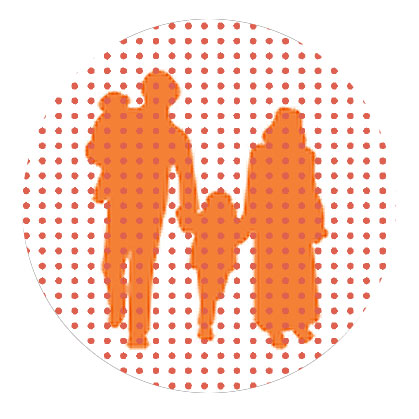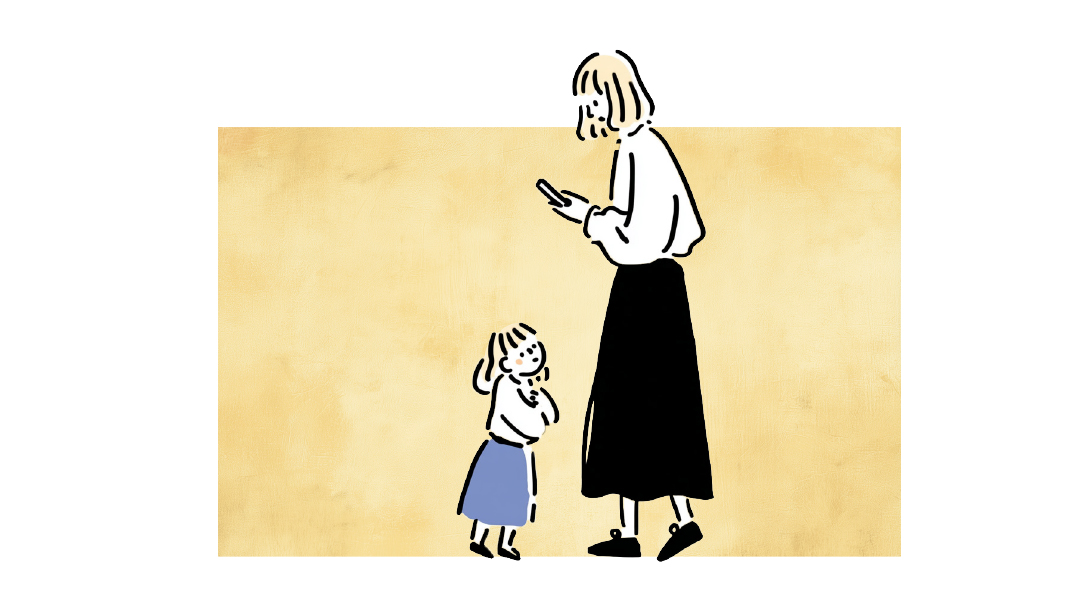Reluctant to Rule

A rule isn’t a rule unless it’s backed up with a consequence

Ezra, seven years old, was a happy, active kid. However, he was a bit “spacey.” His lack of focus led to clumsiness that routinely resulted in small injuries, broken objects, and other minor mishaps. So Mom was worried when Ezra first “got his driver’s license” — that is, when he learned to ride a two-wheel bike.
The older kids were equally concerned. “Ma! Are you really going to let him ride that thing outside? He’ll be a menace to himself and all the pedestrians!” they warned. And they were right. Ezra rode his bike onto people’s lawns (unintentionally), ignored potholes that threw both him and his vehicle dangerously close to the road, and so on.
Alarmed, Mom made some rules. “Ezra you really need to focus all your attention on what’s around you when you ride your bike. From now on, if I see that you aren’t watching where you’re going, you’ll lose your riding privileges for three days.”
Unfortunately, it didn’t take long before Ezra had an incident. There was a dog-walker on the sidewalk that day, and Ezra — zooming along — rode way too close to the dog, causing a loud outburst of hysteria on the part of the owner as well as the pup. Watching all this, Mom knew she had to apply the rule. After apologizing profusely to the dog owner, she took Ezra into the house and told him he was grounded from bike riding.
Ezra burst into tears. “It wasn’t my fault! I was riding perfectly but the lady started moving to the other side of the sidewalk, and her dog ran into me!”
Mom became confused. Did that happen? She hadn’t been watching the scene that carefully... And just look at heart-broken Ezra... big eyes swollen with tears... how could she do this to her good little boy? If it was unfair, what damage might she do to him? Was she being too harsh?
She relented. “Okay, Ezra. But next time there’s a dog on the sidewalk, you have to remember that they do move around, and you better slow down and stay far away from the animal — do you understand?” “Yes, Mommy! Thank you!”
A mere two days later it happened again — but this time with far worse effects. The dog-walker was on the sidewalk, and Ezra was zooming along as usual, head in the clouds. This time he actually ran his bike right into the dog! The dog leaped and yelped, the owner screamed — first in shock, then in rage. After affirming that the dog wasn’t seriously injured, she turned to Ezra. “You should not be riding a bike!” she yelled at him. “I’m going to speak to your mother right now!”
After her encounter with the irate woman, Mom realized that she had made a mistake by letting Ezra off the hook after the first incident. “I was afraid of the consequences,” she acknowledged to her husband when relating the story. “Yes,” he said. “But it’s Ezra who needs to be afraid of the consequences — not you!”
Necessary Consequences
A rule isn’t a rule unless it’s backed up with a consequence. “No Parking Here” isn’t a suggestion; it’s a rule that has an enforceable punishment. More importantly, unless the rule is implemented, it will fail to have an effect on behavior.
Mom’s bike rule for Ezra was meant for his safety and well-being (as is the intent for all family rules). Her reluctance to enforce the rule due to her fear of hurting Ezra led him to disrespect its seriousness. He crossed the line almost immediately. Now it was the neighbor and the dog who produced the consequence with their understandably intense reactions to Ezra’s behavior.
Mom’s misplaced compassion put her son in danger. He was lucky that he didn’t seriously injure the pet, lucky that the woman didn’t complain to authorities, and lucky that he didn’t crash into the woman herself. It all could have been much worse.
Here’s the rule for parents: Refusing to make rules for children — safety rules, health rules, rules of conduct and behavior — is a form of neglect.
Fear of applying consequences is an abdication of parental responsibility, as the parent chooses to make herself and her child feel good in the short-term instead of protecting the child in the long-term. The trick is to follow the 80-20 rule (wherein only a small percentage of parenting actions center on corrective education), so that negative consequences will only have the positive effects they are intended to produce.
(Originally featured in Family First, Issue 809)
Oops! We could not locate your form.




